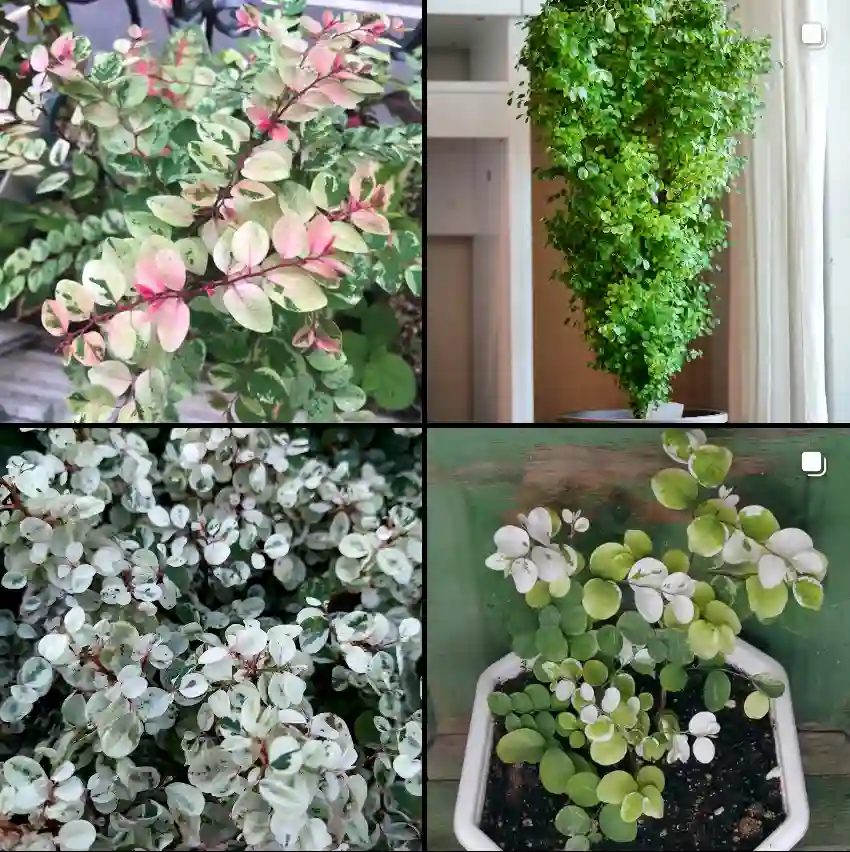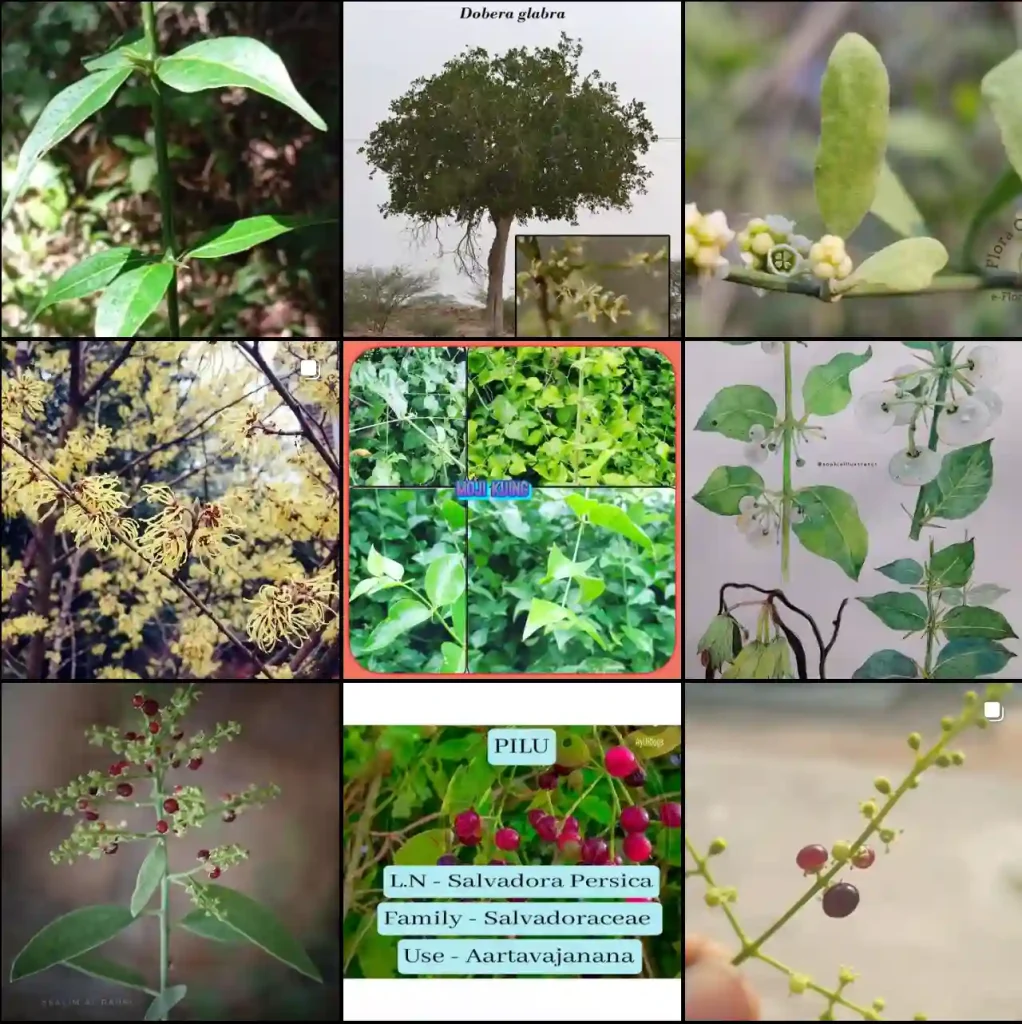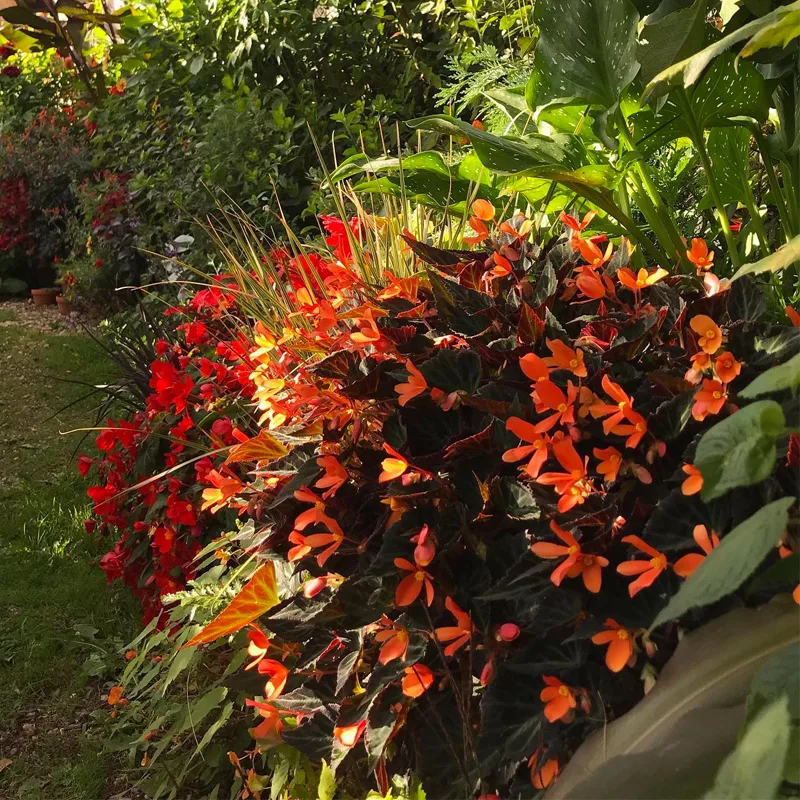Anticlea: A Deep Dive into a Fascinating Genus
My name is Ferb Vu, and I’ve always been drawn to the intricate world of plants. There’s a certain quiet beauty to them, a resilience and adaptability that I find endlessly fascinating. Lately, I’ve become particularly interested in the genus Anticlea, a group of flowering plants in the Melanthiaceae family. They’re not as showy as roses or lilies, but they possess a subtle charm and an intriguing history that has captured my attention.
What is Anticlea?
Anticlea is a genus of herbaceous perennials native to North America and parts of Eurasia. They prefer cool, moist environments and are often found in meadows, woodlands, and mountainous regions. These plants typically have slender stems with grass-like leaves and small, greenish-white flowers arranged in clusters. While they might not be the stars of a floral bouquet, their understated elegance and unique characteristics make them worthy of closer inspection.
A History of Shifting Classifications
One of the things that I find most interesting about Anticlea is its somewhat convoluted taxonomic history. For many years, these plants were lumped into the genus Zigadenus. However, recent molecular phylogenetic studies have revealed distinct genetic differences, leading to the reinstatement of Anticlea as a separate genus. This kind of reclassification highlights the ever-evolving nature of scientific understanding and the importance of ongoing research in the field of botany.
Species within the Genus
The genus Anticlea comprises several species, each with its own unique characteristics and distribution. Some of the most notable species include:
- Anticlea elegans: Also known as mountain death camas or elegant camas, this species is widespread across North America. It has creamy white flowers and can tolerate a variety of habitats, from montane meadows to open woodlands.
- Anticlea virescens: Commonly known as green death camas or false hellebore, this species is found in the western United States. It is characterized by its greenish-yellow flowers and preference for moist, shady areas.
- Anticlea frigida (Schltdl. & Cham.) Zomlefer & Judd
- Anticlea hintoniorum (B.L.Turner) Zomlefer & Judd
- Anticlea mogollonensis (W.J.Hess & Sivinski) Zomlefer & Judd
- Anticlea neglecta (Espejo, López-Ferr. & Ceja) Zomlefer & Judd
- Anticlea occidentalis (A.Gray) Zomlefer & Judd
- Anticlea sachalinensis (F.Schmidt) Zomlefer & Judd
- Anticlea sibirica (L.) Kunth
- Anticlea volcanica (Benth.) Baker
The Importance of Careful Identification
It’s important to note that many Anticlea species contain toxic alkaloids, which can be harmful to humans and livestock. This is why they are often associated with the common name “death camas.” Proper identification is crucial to avoid accidental poisoning. If you’re unsure about a plant’s identity, it’s always best to err on the side of caution and avoid contact.
The Allure of Anticlea
For me, the appeal of Anticlea lies in its understated beauty and the sense of discovery that comes with learning about a lesser-known genus. These plants might not be the flashiest or most fragrant, but they play a vital role in their respective ecosystems. They provide a source of nectar for pollinators and contribute to the biodiversity of their environments.
In a world that often prioritizes the loud and the obvious, there’s something refreshing about the quiet elegance of Anticlea. It’s a reminder that beauty can be found in the most unexpected places, and that even the smallest and most unassuming organisms have a story to tell.
If i die, water my plants!



